The Marquesas Islands - Nuku-Hiva: Discovering the Valley of the Kings
Destination - CaribbeanImagine yourself surrounded by immense steep mountains, covered in an astonishingly lush vegetation, in the heart of a perfectly formed bay... You are in one of the most beautiful parts of the Marquesas: welcome to Hakaui, in the ancestral Valley of the Kings, and still occupied by the descendants of the royal family.
Accessible only by boat from Hakatea Bay or from Taiohae, the capital of Nuku-Hiva, with a five-hour horseback ride off the beaten track, the Hakaui Valley is well worth the effort... you may even be welcomed by the king’s great-grandson. Tanguy will probably be bare-chested. He’s covered in Marquesan tattoos, wears a necklace made of wild pig’s teeth and knows like no one else the way to the highest waterfall in Polynesia. Called Vaipo or Ahuii, this waterfall is 1,150 feet (350 meters) high - it is the 202nd highest in the world.
This famous paved royal road requires a two-hour walk through the sumptuous flower and fruit gardens. We were amazed by the beauty of the landscape, and we were breathless when the huge waterfall appeared behind the vegetation - it was impossible to see it in its entirety. It’s as if the mountain is split in two, with the river flowing into the valley... Two walls of black basalt rise up to a breathtaking, vertigo-inducing height.
Hundreds of red-billed tropicbirds circle above the spray generated by the thousands of tons of water that have fallen from above.
As we approach upstream, our footsteps echo, lost in the incessant impact of the water crashing against the rocks.
The sun at its zenith manages to make its way through the steep ledges. The heat is overwhelming. The rays mix with the droplets, generating infinite rainbows. Suddenly propelled by chilly air coming from the bottom of the valley - one would think it was alive - we are refreshed by this colored vapor. The vegetation, both overheated and shrouded in mist, is luxuriant. We pick lemons, oranges and wild peppers: a real delight. Huge eels come to meet us by the riverbank. We must be in the Garden of Eden.
Anchorage
8°56.636’S – 140°9.852’W
Hakatea Bay is completely sheltered from all prevailing winds. Access is easy in the south-east of the bay and there are no hazards to worry about. We anchored at a depth of 16 feet (5 meters) in very good sand. Beware of powerful gusts though, which can come down from the mountains!
Weather
Although located much closer to the Equator (and further east) than the Windward Islands (Tahiti), the Marquesas enjoy a generally drier climate – 51 inches (1,300 mm) of rain per year on average. The islands located in the south of the archipelago are the wettest. Here, cyclones are almost non-existent and the seasons are reversed compared to Tahiti: the “cool” season, from May to July, is humid while the period from September to December is a little warmer and markedly drier. Temperatures are in fact extremely stable throughout the year - average lows of 70 to 75°F (21 to 24°C), and highs of 82 to 88°F (28 to 31°C). As for the water temperature, it oscillates between 81 and 84°F (27 and 29°C). The wind is subject to a dominant easterly trade wind regime. Between April and October, the trade winds take on an east-southeast component, while from November to March, they blow predominantly from the northeast.
Things to see and do
You may notice, in the heart of the vegetation surrounding the flagstones of the royal road, many remains of dwellings and even places where sacred ceremonies were held. The inhabitants of Nuku-Hiva used to live mainly in this valley, inland, in order to be less exposed to weather and other dangers. Today, Hakaui has about ten houses, and they are much closer to the bay.

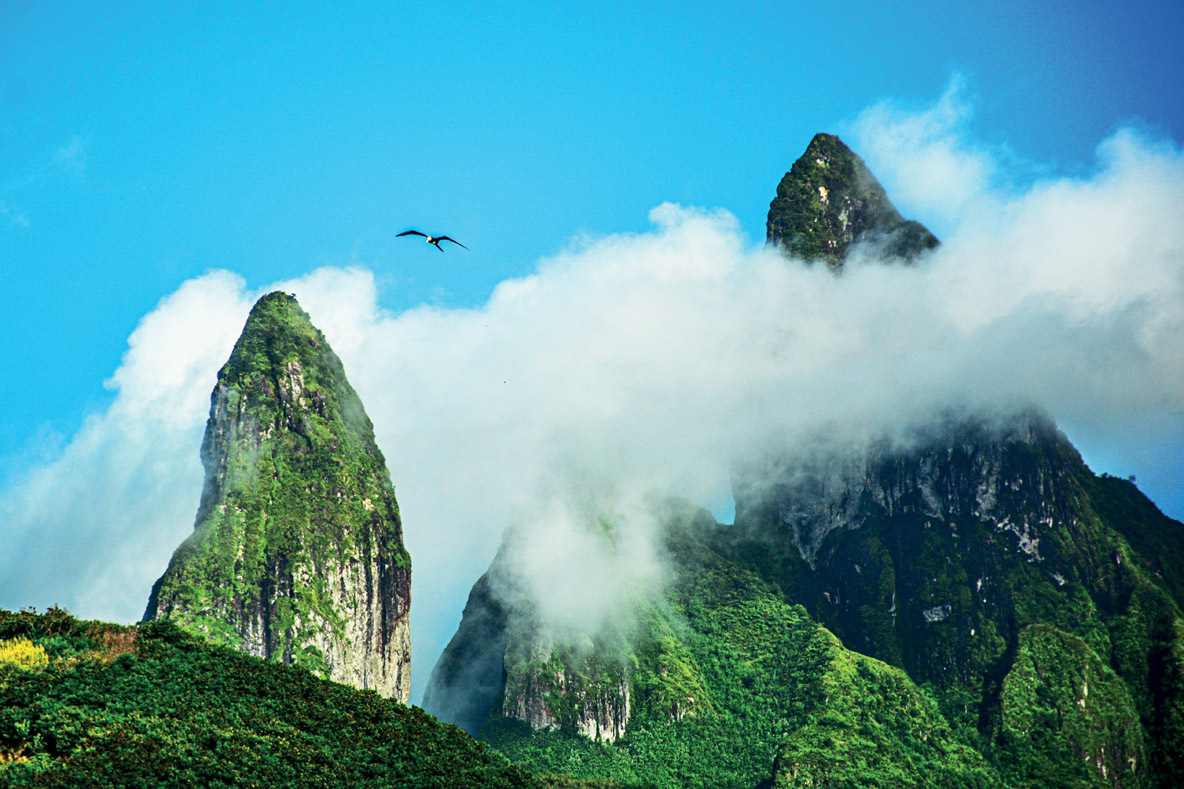
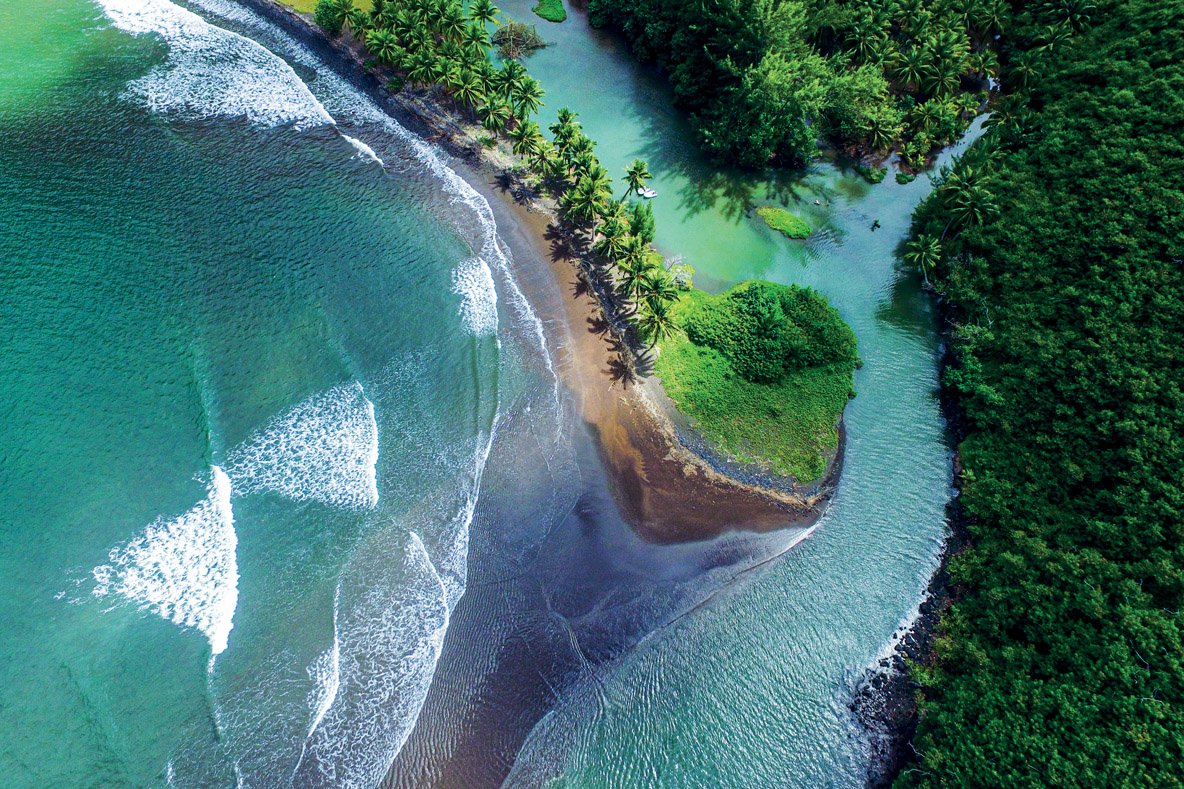

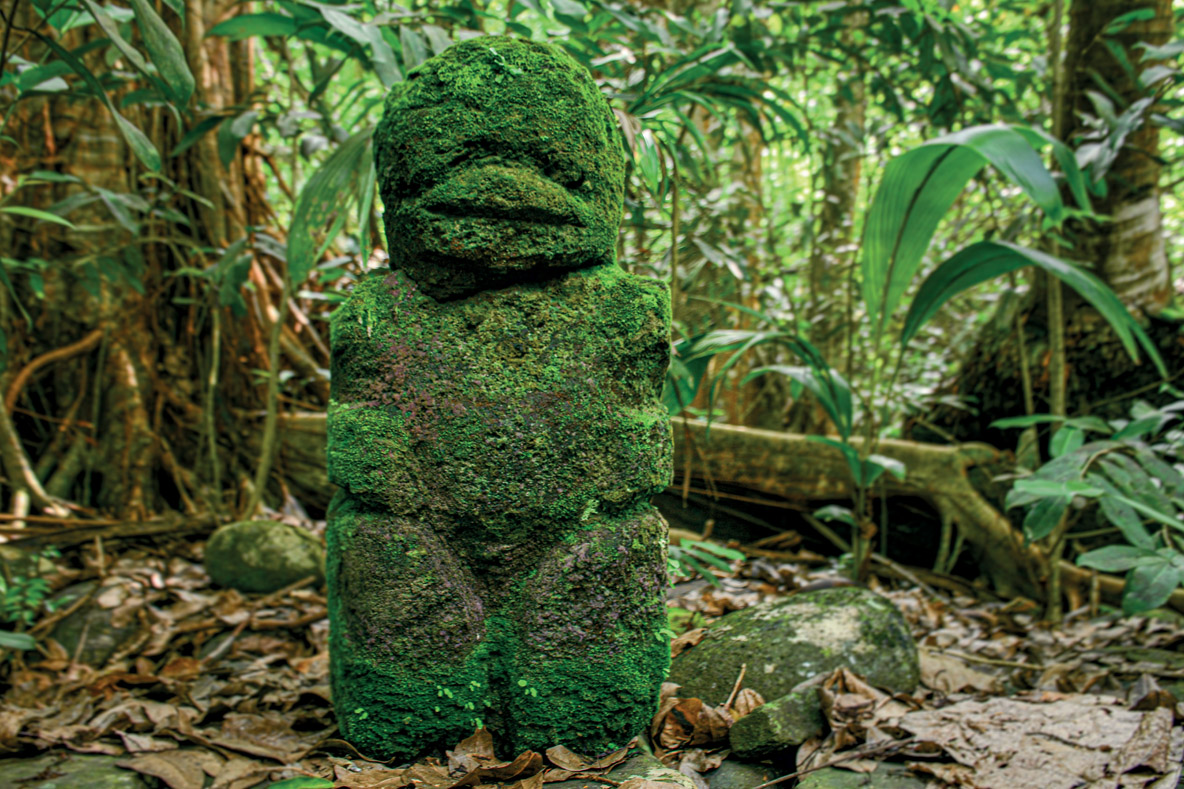
Destinations offered by
View all the destinations
 Discover the 2025 winners!
Discover the 2025 winners! 
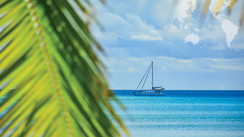
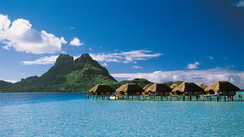
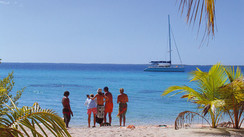
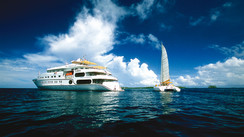
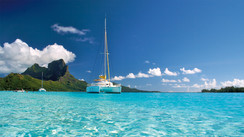
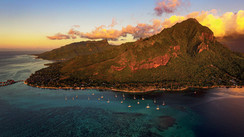







What readers think
Post a comment
No comments to show.